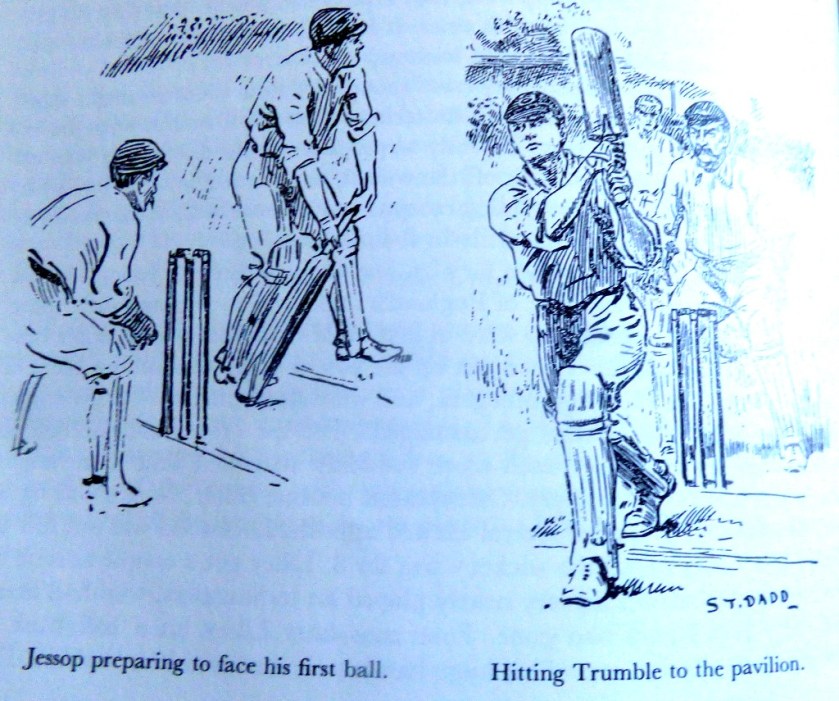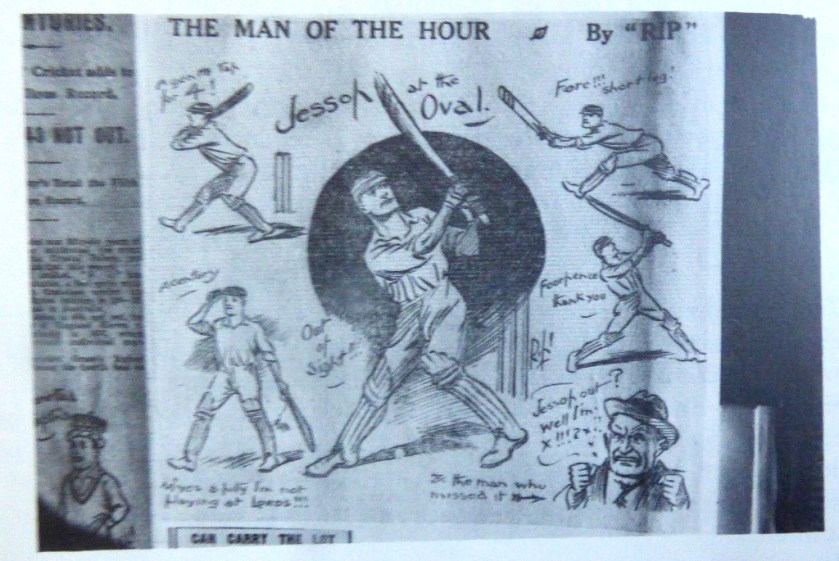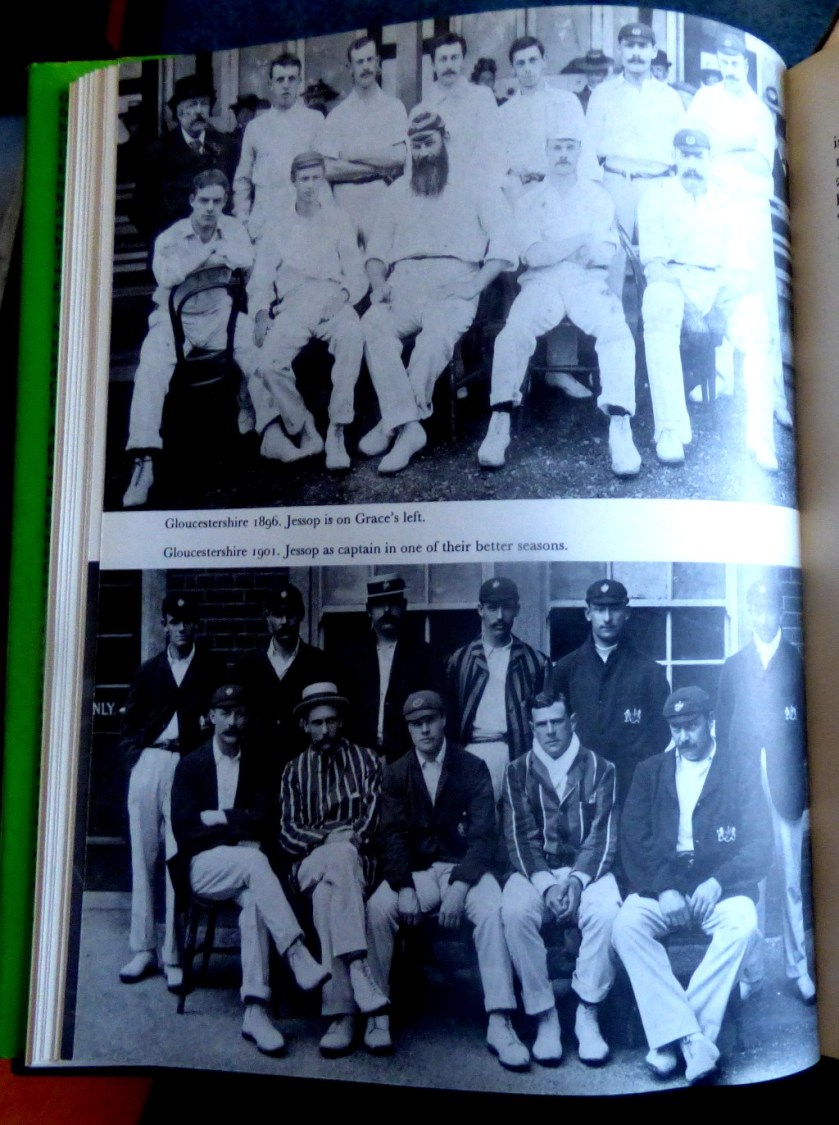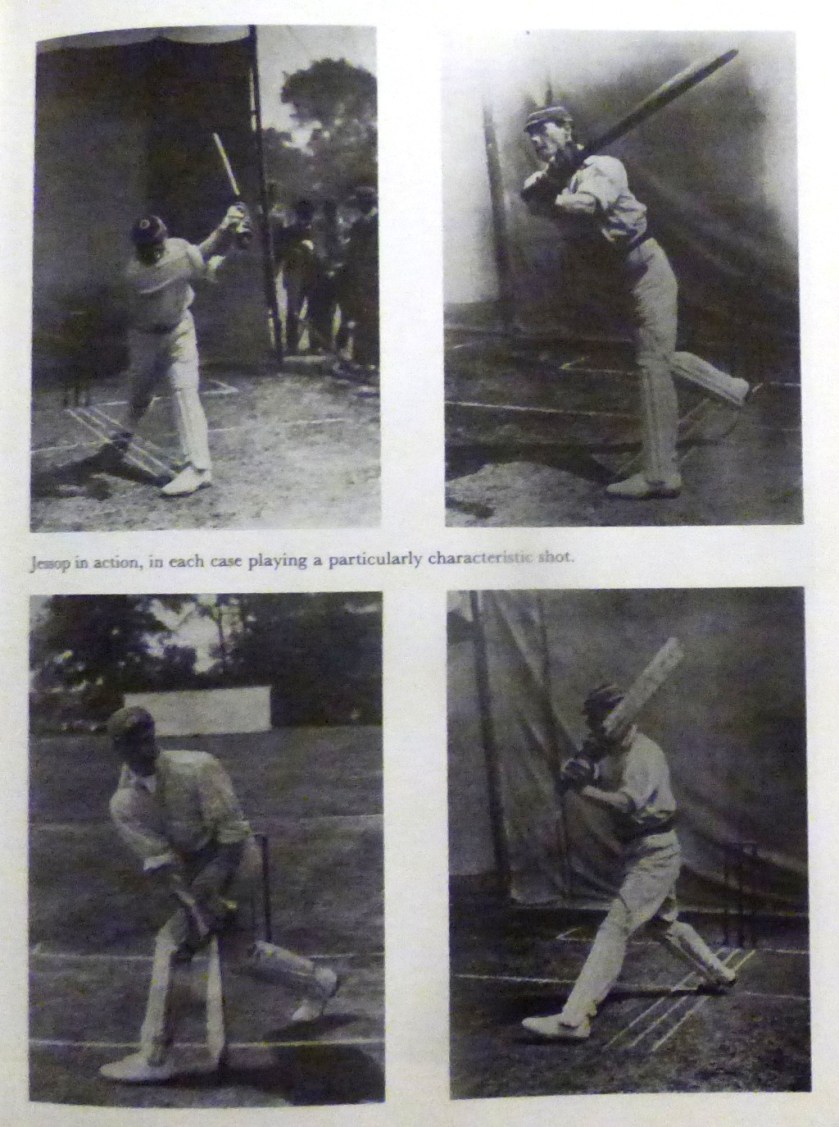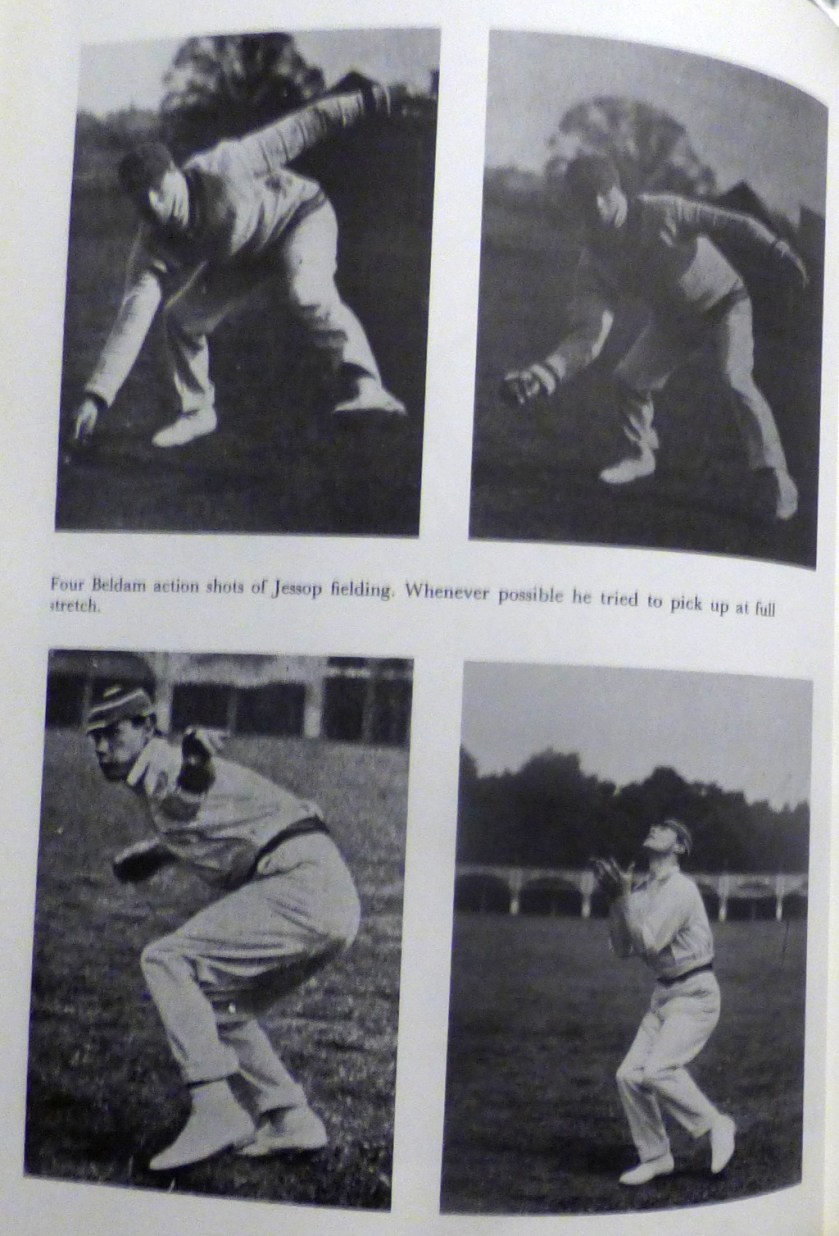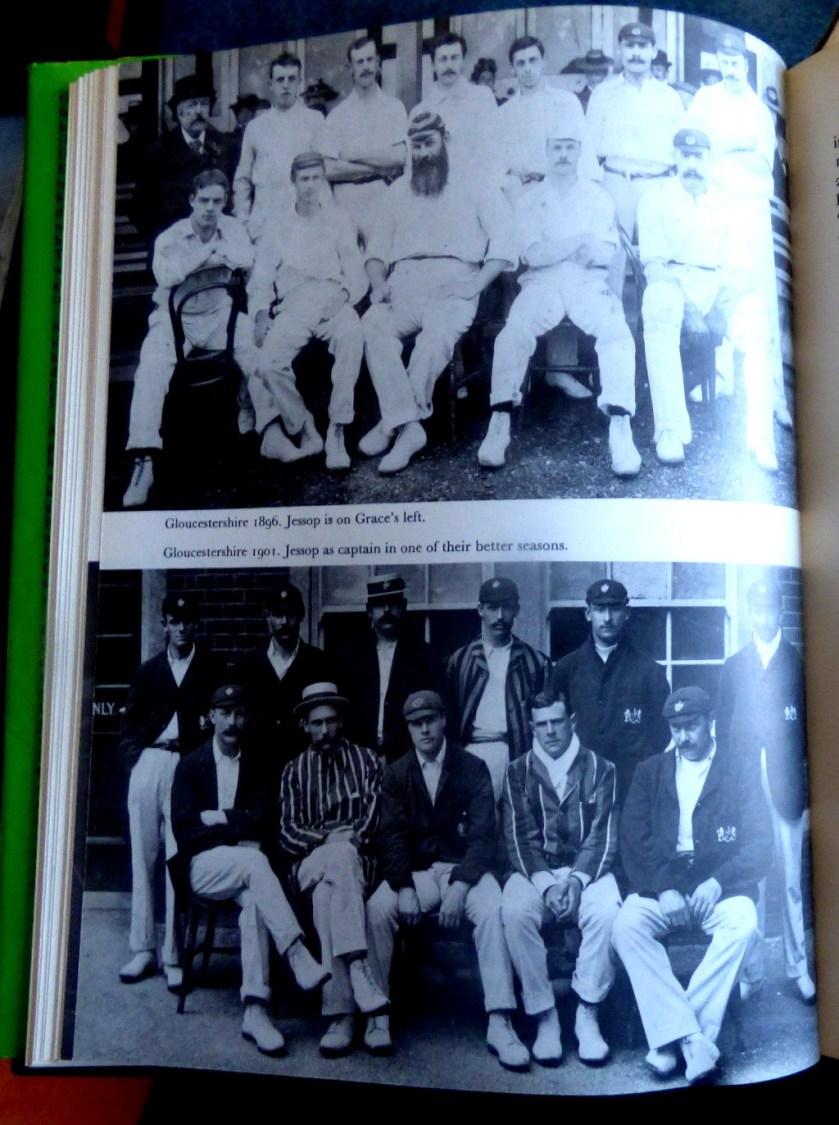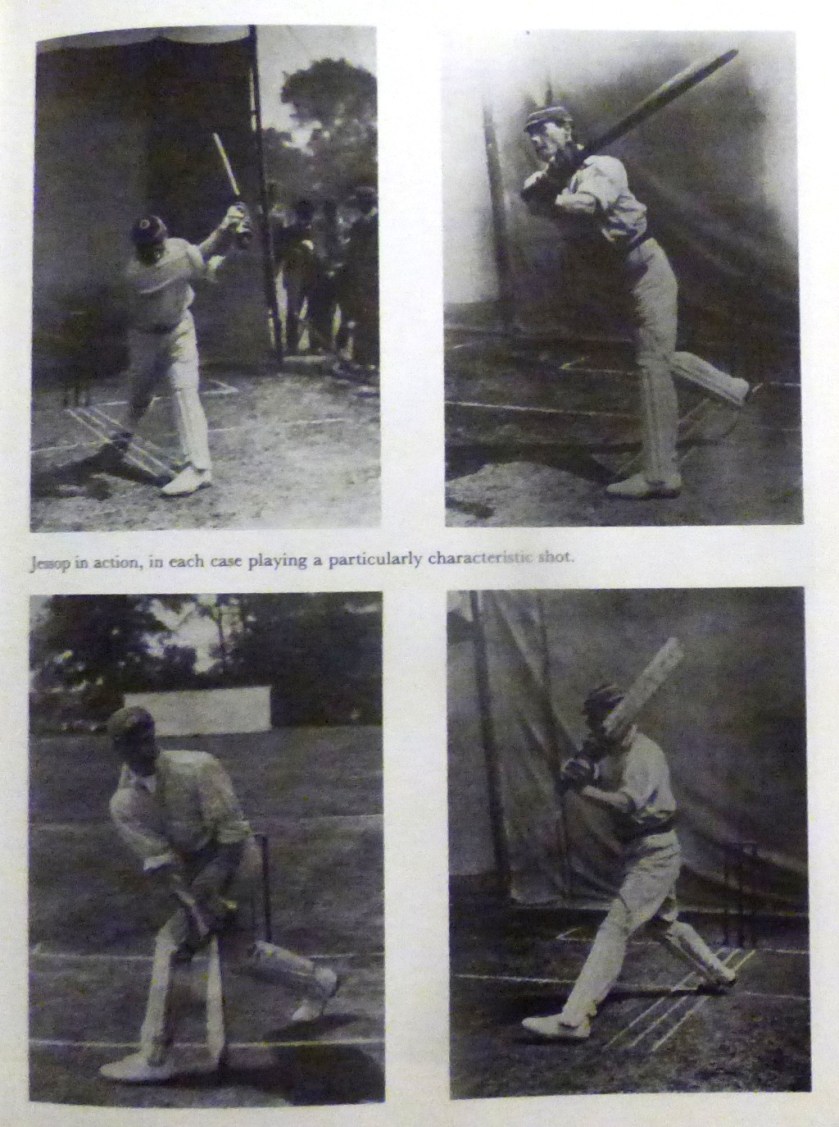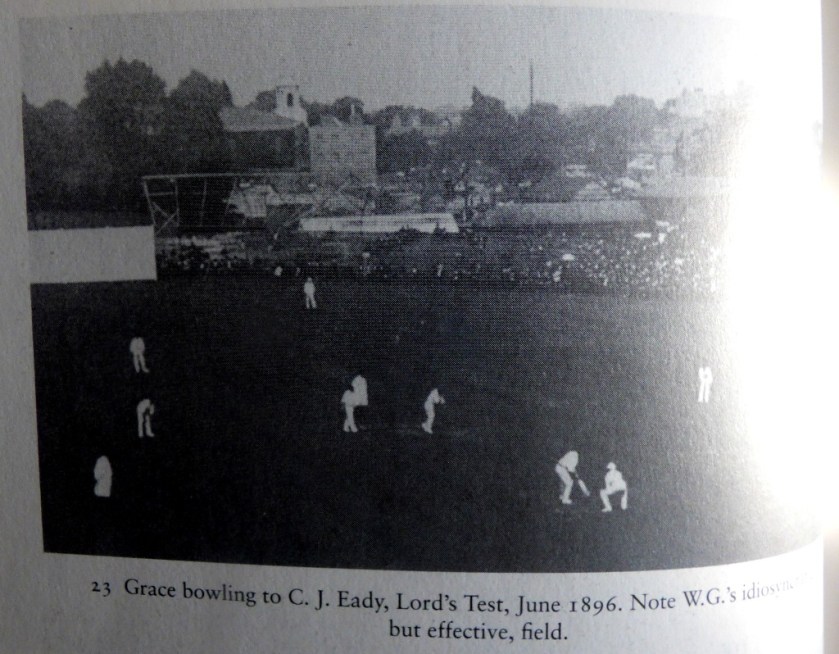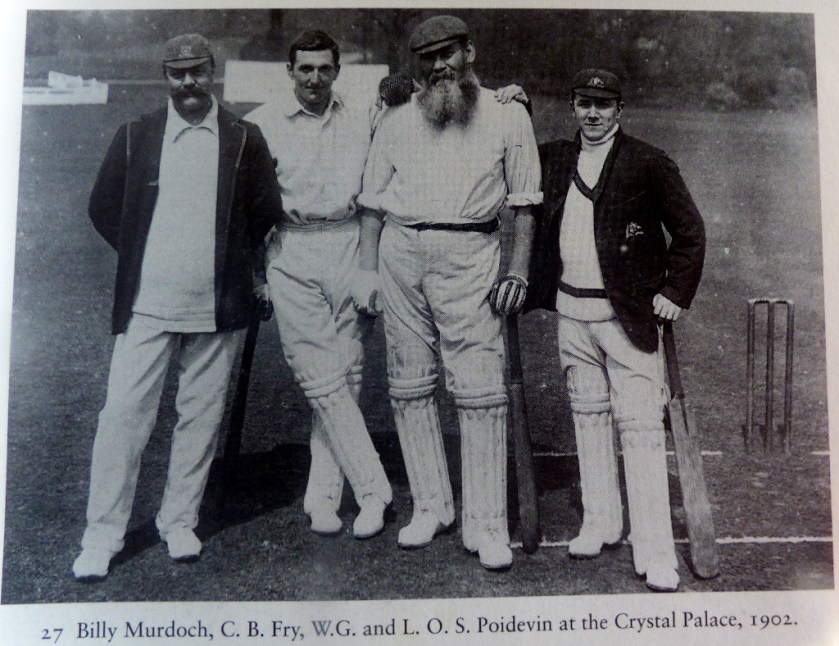INTRODUCTION
Unlike yesterday, today is bright and sunny, and it looks like being a full day’s play in Manchester. This post looks at events so far.
THE MATCH
When skipper Root was dismissed the score was 81-3, and the West Indies only needed a couple more wickets to be on top. Stokes then joined Sibley and they knuckled down to the job in hand. Sibley received a let off with 68 to his name, but he and Stokes held the fort through to the close of a truncated day with England 207-3 from 82 overs. Bizarrely, having declined to take the new ball when it fell due yesterday the West Indies then failed to take it first thing this morning, instead bowling 11 overs at England with the old ball, which allowed Stokes and Sibley to play themselves in. Sibley reached his hundred just before lunch, from the 312th ball he had received, while Stokes reached the interval on 99. Stokes completed his ton straight after the interval, his 10th test century, and the slowest to date, but exactly the innings England had needed. As I write this the West Indies have just burned off a review of an LBW, reducing them to one left. England are 278-3 and looking in control of the match. England will be looking to increase the scoring rate as the prospect of trouble recedes. Pope is in at the fall of the next wicket, and then Buttler, who really needs to take full advantage of the situation and the tired bowlers.
WEST INDIES WOES
The West Indies chose to bowl yesterday, paying too much attention to the grey skies and not enough to the very flat looking pitch. They have failed to distinguish themselves with the ball. Shannon Gabriel has been fortunate not to be called for wides, but has bowled at least three in the ‘Harmy’ bracket. Alzarri Joseph has a wicket but has hardly been stellar. Roach has bowled well but carried no huge threat. Holder has posed little threat. Roston Chase has two of the wickets but is being used as a part timer – he was given the last over before lunch having not been called on all morning. Stokes has just hit the second six of the match (both to his credit), as he looks to up the pace. It is hard to see any way back for the West Indies, especially given that Bess should enjoy bowling on this surface. Each morning so far has seen a dreadful decision by the West Indies – putting England in yesterday on an obvious flat pitch and not taking the new ball instantly this morning, and they are being made to pay a heavy price for both infractions.
LOOKING AHEAD
This is the third test match of the 21st century in which an England batter has needed over 300 balls to reach a century, the other two being scored by Mike Atherton and Nasser Hussain, and England won both those games. Additionally this is Sibley’s second test hundred, and England won the other game in which he reached three figures, with Stokes making a substantial contribution there as well. In 1956 at this ground England made 459 in the first innings with centuries for Peter Richardson and David Sheppard, and won the game by an innings and 170 runs, with an off spinner, Jim Laker, doing most of the damage with the ball. The 300 has just come up for England, with Sibley and Stokes still in possession, and Stokes having just moved ahead of Sibley.
PHOTOGRAPHS
My usual sign off:
































